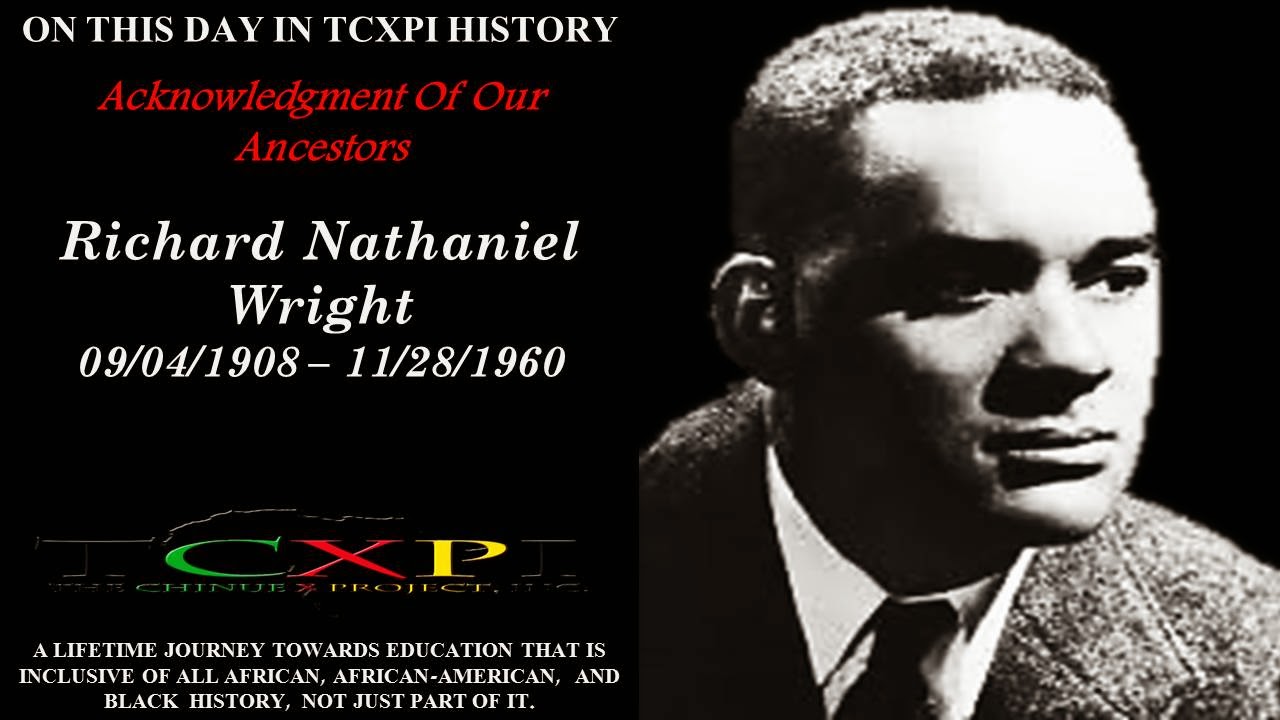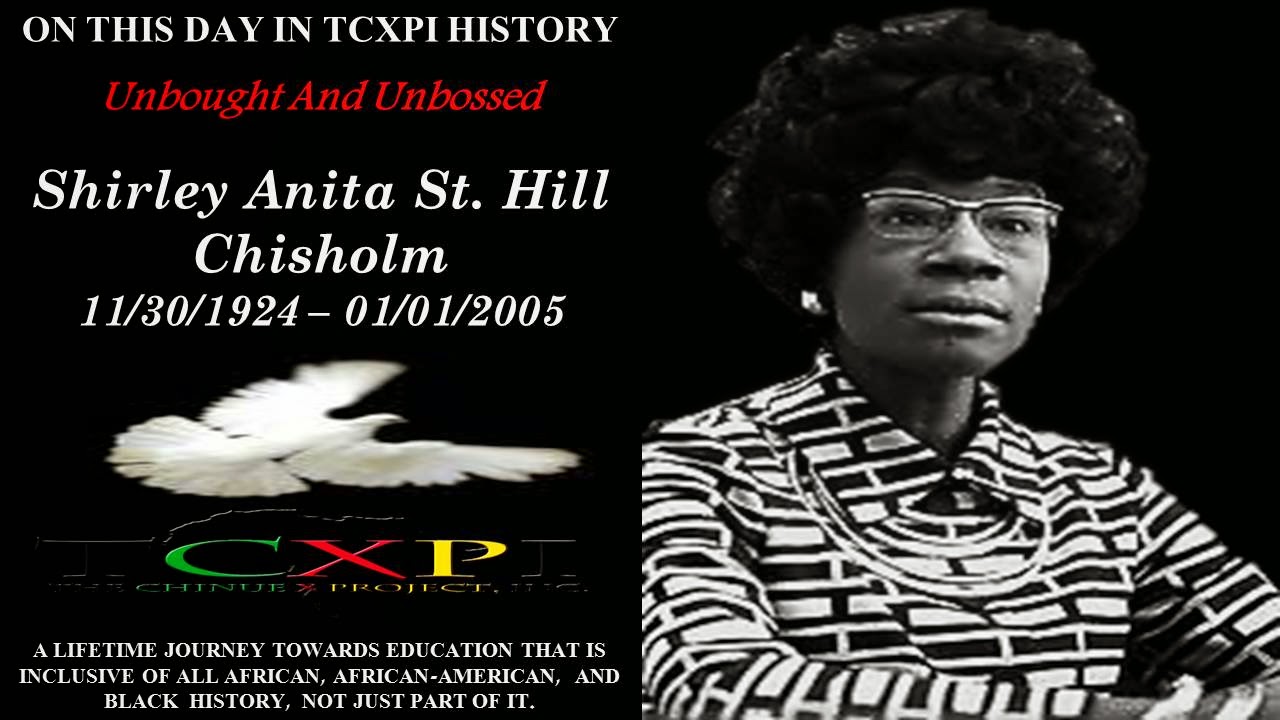Nakumbuka is a Kiswahili word that means "I remember". Nakumbuka is the name given to the annual day of observance for the Maafa (The African slavery holocaust).
Nakumbuka Day was the brainchild of Jomo
Nkombe, a Tanzanian living in
Canada in 1990.
His idea was to remember the victims of the
slave trade in East Africa
and upon learning about the Trans-Atlantic slave
trade in the west he felt
that those victims should also be remembered.
Nkombe decided on the date of November 11th
because as the English,
French and Americans honored the Unknown Soldier,
Africans should also honor their unknown warriors who fell resisting slavery.
Nkombe met with Charles ‘Mende’ Roach, a
Canadian jurist born in
Trinidad, and asked him to take the idea to the
World Pan African Movement
Conference which was held in Lagos, Nigeria in
1992.
At that conference it was resolved that the
World Pan African Conference
would promote Nakumbuka Day to remember the Maafa
(African Slave Holocaust) in which millions died.
Among those in attendance at the conference
were Baye Kes-Ba-Me-Ra
(Duane Bradford) and Adande Ima-Shema-Ra (Denise
Bradford) representing the Pan-African Association of San Diego (now the
Pan-African Associations of
America). They returned to San Diego, California
in 1992 with the mission
of establishing the observance of Nakumbuka Day in
the U.S.
Baye Kes-Ba-Me-Ra created the first Nakumbuka
Day ceremony and the first
observance of Nakumbuka Day in the U.S. was held
in San Diego, Ca. on
November 11, 1994.
Dr.
Shikana Orraca-Tettteh (Temille Porter), an AFRAS 101A instructor
at San Diego State University, hosted the first
Nakumbuka Day ceremony in
her classroom on the SDSU campus.
Mwalimu (teacher) N’namdi Afi Sikumbuzo
conducted the first Nakumbuka
Day ceremony that day in Dr.Shikana’s classroom.
He was assisted by Chuma
Ahoto Wimana (Grant McKinney).
While there is no one specific, mandatory
Nakumbuka Day ceremony the
Pan-African Associations of America model serves
as the model that can be
duplicated by others wishing to conduct public
ceremonies.
The PAAA Nakumbuka Day consists of three
parts: The Ritual Chamber
activity, the Middle Passage Enslavement Line and
the Ceremonial Chamber
activity.
There is also a family Nakumbuka Day ceremony.
For the family ceremony
the following is needed: an alter of historical
and family ancestors; a
white cloth to cover the alter, four white candles
representing the four
cardinal points where African people live; a bowl
of salt; a bowl of honey;
a small liberation flag (red, black and green).
(See Family Ceremony for
details).
Customary greeting for the day: Q: Habari
Gani? (What’s the news?).
A: Nakumbuka (I remember). Then the second person
asks the question.
Nakumbuka means “I Remember” in Swahili. It is
customary to also wear white on Nakumbuka Day.
Ash is worn on the forehead as a sign of
mourning throughout the day
even if one cannot participate in a public
ceremony or a family one. The
ash is a part of the public and family ceremony.
While all people can participate in the
Nakumbuka Day public and family
ceremonies, the ceremony should always be
conducted by a person of African
descent.
Source:
http://lists.topica.com/lists/BW-Events/read/message.html?sort=t&mid=1721232012
Additional Sources:
http://www.nakumbuka.org/History01.html
http://malaikamutere.com/2013/11/11/i-re-member-nakumbuka-day-1111/?blogsub=confirming#blog_subscription-3
http://dailytrojan.com/2009/11/13/slave-auction-re-enactment-draws-crowd/














































